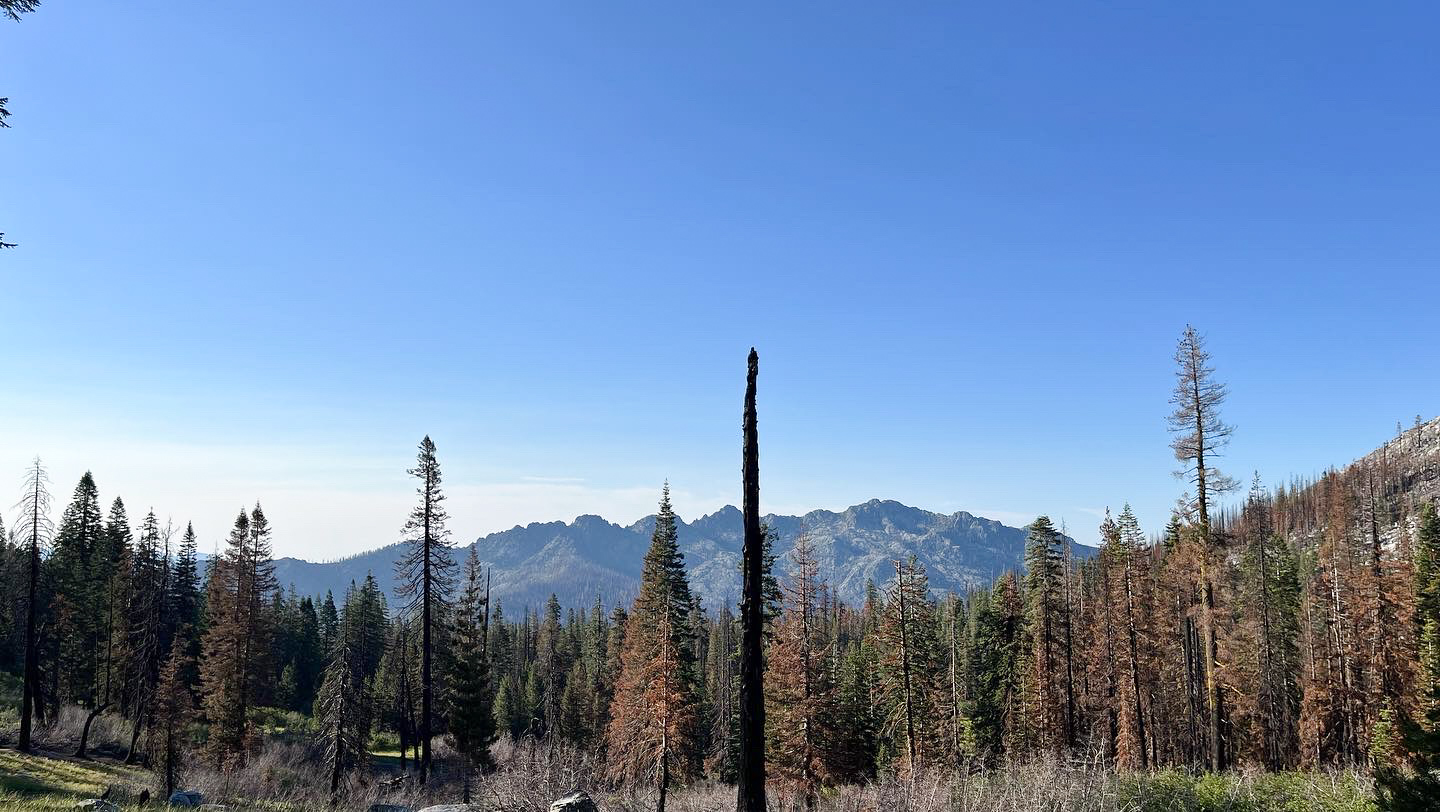Hotter, Drier Climates Reduce Forest Regeneration in Western US: New Research
New research published in the Proceedings of the National Academy of Sciences has found that forests in the western United States are experiencing decreased regeneration rates attributed to the warmer and drier climate conditions in the region.
Researchers studied the impact of changing climate and wildfires on the growth of eight dominant conifer species in over 10,000 locations across the West after 334 wildfires. It is crucial to acknowledge that the success of forest recovery following a wildfire depends heavily on the ability of new seedlings to establish themselves and thrive. As a result of changing climatic conditions, heightened wildfire activity and decreased seedling regeneration after wildfires, forests in the West are struggling to recover.
The rising rate of conifer mortality in the West increases the potential for catastrophic wildlife and decreases the probability of recovery. It also has negative implications for several critical natural resources, including carbon storage, water quality and biodiversity.
“Habitat conversion is a major concern,” explained Patt Dorsey, the NWTF’s director of conservation operations in the West Region. “When forests don’t grow back, the wildlife species dependent on those forest habitats suffer. Wild turkeys and many other wildlife species depend on healthy forests.”
Regeneration is affected by the severity of the fire and the climate after the fire; high-severity fires, like crown fires that reach treetops and spread through the canopy, limit seed availability, and warm, arid conditions make it difficult for seedlings to establish.
“If a forest is destroyed by an uncharacteristic crown fire, you will not see that forest again in your lifetime,” said Linda Wadleigh, the district ranger on the Mogollon Rim Ranger District, Coconino National Forest.
Although these implications are severe, researchers suggest that forward-looking forest management practices could improve the forest's ability to recover, providing hope for conserving these crucial ecosystems. Additionally, research highlights regions that require immediate action, such as those in the Southwest and California, where conditions are drier. Meanwhile, forests in cooler and wetter areas like the northern Rocky Mountains and Pacific Northwest are anticipated to sustain conifer regrowth in the foreseeable future.
Implementing controlled burns in combination with forest thinning is an effective strategy to reduce the impacts of these effects. Fire is necessary, and when executed appropriately, it can enhance forest health. Controlled burns assist in clearing undergrowth from forested regions, preventing unchecked growth and reducing the accumulation of fuel that may otherwise lead to catastrophic wildfires. This approach results in less severe burns, with fewer trees being lost in subsequent fires. In forests that historically experienced frequent wildfires, the trees and the wildlife are adapted to and benefit from fire.
“We can’t stand by and risk losing our forests,” Dorsey said. “We need to work with partners to be part of the solution.”
The NWTF is working across the West on projects such as Montana’s Big Sky Forestry Initiative, the Rocky Mountain Restoration Initiative in Colorado, stewardship projects in Arizona, California, New Mexico, Oregon and Utah, and collaborative work that’s beginning under the historic 20-year, $50 million USDA Forest Service master stewardship agreement. These projects are designed to reduce the impact of wildfires on the landscape and wildlife, foster fire-resistant forests and help create safer communities. The NWTF’s work across the West supports the Forest Service's Wildfire Crisis Strategy and the NWTF's Four Shared Values. For further details on this research, you can read more here.
Information on these ongoing efforts can be found below.
